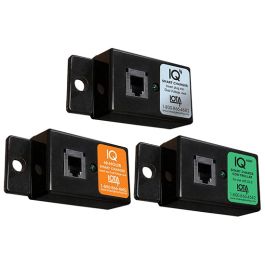Originally posted by Willy T
1. There are a lot more people who have gotten stuck with 12V systems when they had high enough power needs that they really should have chosen a higher system voltage than there are people who have solid logical reasons to use 12V and yet are trying to get high power out of it.
Dereck tends to generalize and sometimes does not read the entire post that he is replying to. But for those who are willing to listen his advice is good.
I understand how you might get tired of people telling you that you made a really bad design decision when you do not care about that. The solution is to ignore them in that case.
2. To a certain extent the first poster on a thread "owns" it. In the sense that they control the title that shows up in the lists and they get to pose the first question.
Other than that, it is free and open to all.
In some cases the Mods may decide to split off a new thread if an interesting topic has diverged too far from the original topic of the thread. You are free to do that at any time yourself and insert a link to your new thread. Only Mods and Admins can move existing posts from one thread to another though.
If the OP (original poster) has started a thread and then vanished (very frustrating) then there is nobody with more rights to the thread than anybody else.

 Its you orgy and money.
Its you orgy and money.

Leave a comment: